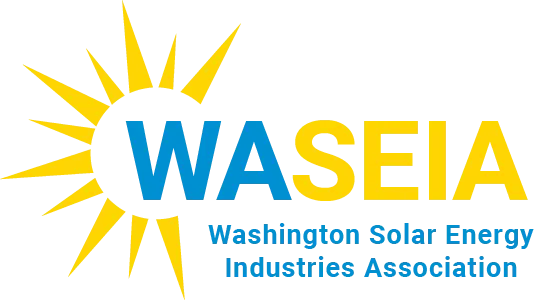This content has been archived. It may no longer be relevant
The Commerce Department on Tuesday imposed steep duties on importers of Chinese solar panels made from certain components. The decision, which is a part of a long-standing trade dispute, stated Chinese manufacturers had benefited from unfair government subsidies. The duties will range from 18.56 to 35.21 percent, the department said. While the decision is preliminary, the ruling means that the United States will begin collecting the tariffs in advance of the final decision, expected later this year.
The US Commerce Department’s move follows on the heels of the indictment of five Chinese military personnel for cyber-espionage by the US Department of Justice. One of the technologies the Department of Justice accuses China as targeting was technical data on US solar research and manufacturing. The indictment was widely seen as representing the strategic nature of sustainable energy in the eyes of many nations.
In 2012, the United States also imposed duties of roughly 24 to 36 percent on imported panels made from Chinese solar cells — the final major parts that are assembled into completed modules. That decision was reached after concluding that Chinese solar companies had received unfair subsidies allowing them to dumped products on the American market below costs. However, many Chinese companies were able to avoid the duties by assembling panels from cells produced elsewhere, especially in Taiwan. This was the case even when those cells were derived from components — called ingots and wafers — produced in China.
Yesterday’s tariffs closed that loophole so that modules made from Taiwanese cells, or cells made from Chinese ingots or wafers, would be subject to duties as well. Meanwhile, the United States is seeking to challenge India over the local content requirements for its solar program through the World Trade Organization. That China and India are in Washington’s cross-hairs is a result of the rapidly evolving solar industry’s center of manufacture and installation shift from Europe to Asia in the past decade.
Amid a similar trade case between the Chinese and the European Union, a price floor and volume quota for Chinese modules was agreed upon. American industry and political leaders have urged the Obama administration to reach a similar settlement with the Chinese, but that effort has not yet borne fruit.
Beijing recently escalated tensions as well, imposing tariffs in January on American and South Korean polysilicon — the base ingredient for conventional photovoltaic solar panels. China also added conditional tariffs for imports from several European countries last month. The benefit of the tariffs for the domestic solar sector in the US is a matter of some debate. While many manufacturers have been squeezed to bankruptcy by intense competition from China; most developers, installers and consumers have benefited from the availability of inexpensive panels.


